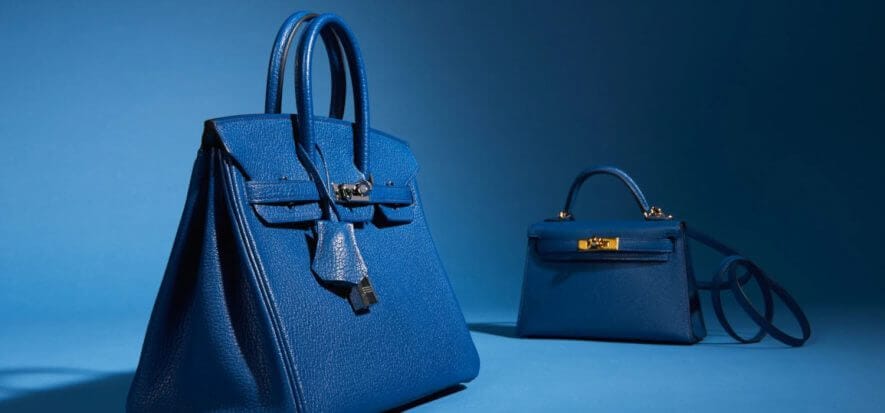“Better the auction”. This is the conclusion many haute de gamme customers are coming to. Above all, it is a reaction to the difficult distribution and engagement policies of the brands. The success of accessory auctions is a long-standing trend in journalism. It has been observed for years. It’s been years since the big international houses beat bags at incredible prices. But Le Monde recognises in the results of the Christie’s auction on April 26 the sign of a transformation in customs. Because it was not just the usual collectors and/or speculators who attended. But also frustrated consumers.
Christie’s audience
As we were saying, Le Monde reported on the auction of April 26. When Christie’s sold 69 accessories in a session that lasted a total of 14 hours. The final price was 2.27 million euros, and the most expensive piece was a Himalaya Birkin in reptile and diamonds (€176,400). Well, in the international audience also connected via web, there was also Min Jang. The 39-year-old Korean, Parisian by adoption, is not a regular at auctions. On the contrary, April 26 was her debut. Her story has paradigmatic value.
“Better the auction”
Min Jang already has four Hermès bags. For the fifth, a 28-centimetre Kelly that fetched 17,000 euros, she preferred the auction. Preferred to what? Hermès sales channels. Because in the boutique in Seoul they asked her for 17,000 euros, but she had to wait two to three years. In Paris, they would have charged a lower figure (10,500 euros), but gave no reassurance as to the time required. With this in mind, the auction dynamic seemed the best way to obtain the object of her desire straight away. In fact, she didn’t do too badly.
(Too much?) Exclusive
Lucile Andriani of Christie’s tells Le Monde that since 2010, the luxury accessories market has become very interesting and the prerogative of “speculative collectors”. Speculation, ça va sans dire, is done by those who buy at auction in the hope of reselling at higher prices. It is interesting then, from this point of view, that there are end customers who “move up the chain” in order to get the designer item they want sooner (and at better prices).
Just as it is interesting that the international press is bouncing various news (from the anti-Peihuo protests in China to the US “political fake“) on the public’s intolerance to the maisons retail strategies. Luxury marketing is based on the precarious balance between supply and demand. It is based on a concept of exclusivity that does not only revolve around price, but also around constancy. So, perhaps, we should ask ourselves whether the brands are pushing the rope too much. Perhaps.
Read also:










